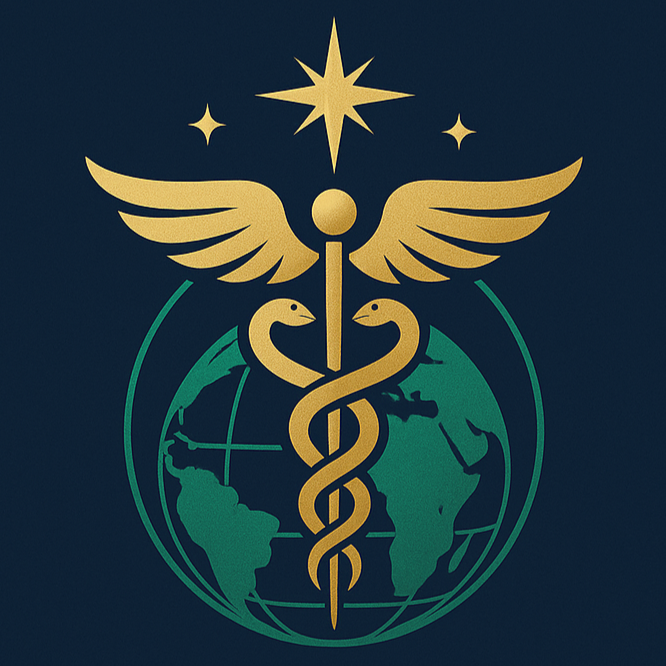Proton Therapy 質子放射治療
質子治療 (Proton Therapy) 是依賴於高能質子束(>200MeV)的產生,質子束最重要的特性是在質子進入體表後在特定深度處釋放大部分能量,這種現象被稱為布拉格尖峰(Bragg peak)。這種特性使得質子能夠集中而且精確地傳遞放射劑量至腫瘤部位,從而減少對鄰近正常組織的損害。
物理原理
- Bragg峰效應:當質子穿過組織時,初期能量消耗緩慢,隨後在特定深度釋放出一大劑量的能量(此深度由束流的初始能量決定)。
- 深度控制:透過調整束流能量,醫生能夠一層層地對腫瘤體積進行"繪製",最大限度地減少超出目標區域的出口劑量。
- 鉛筆束掃描:現代設備透過磁場精確引導狹窄的質子束,在三維空間中掃描腫瘤,實現高度符合腫瘤形狀的劑量分佈。
優勢:
由於質子能夠精準定位減少對周圍正常組織的損害。因此,許多國內外先進的醫療中心都投入了大量資金和資源來建立質子治療中心。在未來的幾年,臺灣有可能成為全球質子治療設備最集中的國家。
質子可應用的臨床適應症如下:
1. 兒童癌症:與傳統放射治療相比,質子治療能夠減少兒童癌症 患者的長期副作用和二次惡性腫瘤的風險。
2. 顱底部和中樞神經系統腫瘤:質子治療對於貼近腫瘤的重要器官(如腦幹、脊柱和視神經等)可提供更好的保護效果。
3. 前列腺癌:在研究報告,質子治療的疾病控制率與傳統放射治 療相當,並降低了泌尿道和直腸毒性的發生率。
4. 胸部或肝臟腫瘤:部分文獻顯示質子治療對於肺部或肝臟功能損傷較少,因而可提高放射劑量,達到更好的控制效果。
5. 復發腫瘤:對於已經接受過放射治療和其他治療後復發的腫瘤,在適當情況下進行質子照射,能夠降低二次放射治療可能產生的併發症。
技術演進
-
主動掃描 / IMPT(2000年代至今):動態引導"鉛筆"束流,利用磁場和可變能量塑造劑量,極大地提高了劑量的符合性。
-
影像引導質子治療:結合CT、圓錐束CT和MRI進行實時腫瘤定位。
-
FLASH質子治療(新興技術):超高劑量率(>40Gy/秒)顯示出極高的正常組織保護潛力,同時保持腫瘤控制,目前處於臨床前和早期臨床研究階段。
全球普及與可及性
-
擴展:北美超過40個中心,歐洲30個,亞洲和中東地區的網絡正在增長。
-
成本與基礎設施:早期設施的建設成本為1億至2億美元;較新的緊湊型設計將設施面積和資本成本降低至2500萬至5000萬美元。
-
報銷與證據:正在進行的比較試驗旨在確定哪些癌症類型最能受益,以指導支付方的報銷範圍。
未來方向
-
組合治療:將質子治療與免疫療法、放射增敏劑或DNA損傷抑制劑結合使用,實現協同效應。
-
適應性質子治療:根據解剖結構變化,進行每日計劃調整,以維持精確的劑量。
-
便攜式與單室系統:進一步降低成本,擴大社區醫院的可及性。
-
個性化生物靶向治療:利用基因組學和影像生物標誌物,根據腫瘤異質性定制質子劑量繪製。
質子治療自1950年代的先驅實驗以來,已發展成為現代放射治療中的高精度工具。其獨特的劑量分佈特性使其對靠近關鍵器官和年輕患者的腫瘤特別有價值。隨著技術的進步—透過鉛筆束掃描、FLASH劑量和適應性計劃—質子治療在抗癌鬥爭中將發揮越來越重要的作用。


